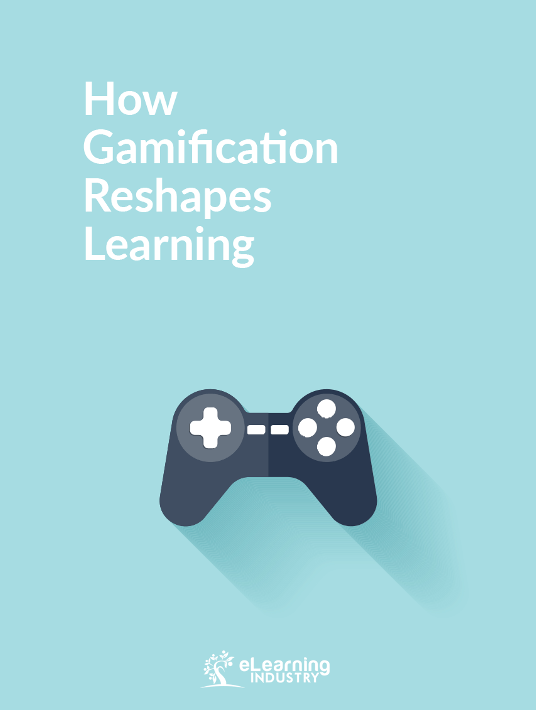The Learner as a Hero
Engagement and motivation are at the heart of the gamification of learning. The learning industry has been built on a solid platform of efficiency, accuracy, and throughput. However, what we need now is to think more like game designers, so that we move away from a content-push approach to one that entices people on a quest to learn.
I had been using games and game elements in my corporate work for a long time. Nevertheless, it wasn't until my son encountered ‘learning difficulties’ at school that I truly appreciated the power of games to transform the environments in which we learn. After trying many different ways to engage him with learning, it was playing the game of Civilization that provided an immersive environment that enabled him to learn. We soon discovered that it wasn’t my son that had the learning difficulty, but the environment that had a teaching difficulty.
The game of Civilization, like most well-designed games, tap key intrinsic motivators that hold the player during gameplay (and in my son’s case, to learn how to read and do math). For example:
- The player is a hero on a journey to build an empire, who then…
- Solves a series of problems that will grow, improve and defend the empire, who then…
- Encounters a series of challenges that include exploration, warfare, trade, diplomacy, resource allocation, and advancing technology
Notice that I didn't mention game mechanics? They are only there to provide feedback on performance and results and are not the core experience. The most effective use of gamification in learning is to create an overall context and narrative, and then select the most appropriate game elements to create an immersive experience to take a player on a journey.
My advice to learning professionals when working with software vendors, subject matter experts, instructional designers and stakeholders is to take control over their project:
- You are designing learning experiences, therefore what sort of off-line, augmented, playful and gameful experiences are you using to complement your traditional e-learning modules?
- Take another look at your learner personas and rebuild them a different way. What sort of 'players' are they? What motivates them? What is their hero’s journey?
- What is your organisation's story, and is your learning woven into its fabric? This makes all your organisational learning meaningful and purposeful to your learners.
- There is no boring content, only boring delivery.
This approach requires a systemic rethink and redesign of how we engage and motivate people to learn. A great start is to think of instructors as game masters, and our learners as players so we can begin to challenge traditional assumptions about learning and instruction to create better experiences for our learners.



